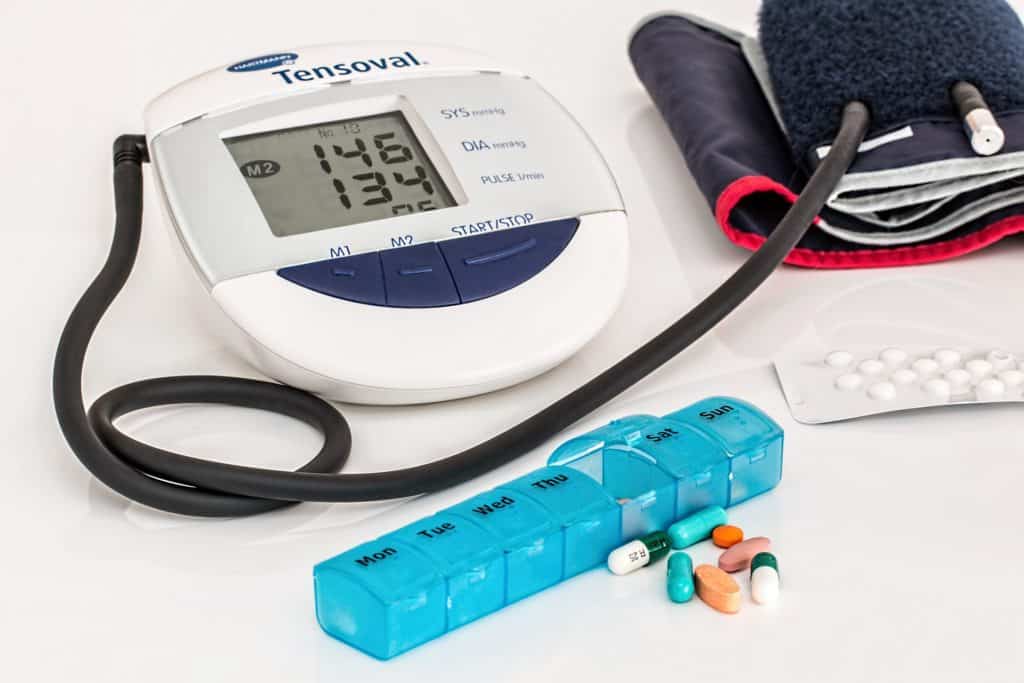Last Updated on January 6, 2024 by The Health Master
C-19 has impacted the medical devices market significantly across countries. Many manufacturers have benefitted from increased consumption of gloves, masks, disinfectants, and chemicals for infection prevention, monitoring devices like blood monitoring devices, pulse oximeters, ventilators, etc.
However, there was a marginal decline in the growth of many devices like implants, capital equipment etc. leveraged in a surgical environment, especially during the initial lockdown or disruption in services, according to Sowmya Srinath, director, healthcare & life sciences practice, Frost & Sullivan.
According to Frost & Sullivan’s analysis, the global medical devices market was estimated to be $413 billion globally in 2019, growing at an annual growth rate of around 5.5 per cent.
The medical device industry in India has transformed. However, every stakeholder in the ecosystem, including the patient, is trying to understand what has changed. As an outsider looking at the market, Frost & Sullivan’s analysis indicates that the landscape is changing. The stakeholders would probably see the change distinctly sooner or later, she pointed out.

According the analysis, the pricing cap trend has developed a market opportunity for manufacturers. The pricing cap is to drive affordability and market penetration. India has always been a huge but untapped market opportunity. But now, this increased affordability is likely to drive volume sales in the medium and long term. Thus, the ecosystem has to move to focus on driving volume sales over high price to derive growth.
Patients becoming consumers of health is a new change that has moved the needle from patients being the beneficiaries to become influencers, if not decision-makers already. The increase in awareness, access to “Google health” and social media has transformed the “health alternatives” awareness amongst the patient population. There is increasing participation from the patients in their health monitoring.
The surge in the utilization of the products amongst the patient population is a welcome change. As a nation, India has had poor adherence to treatments across many sectors for the past few decades.
The poor adherence was not just restricted to taking a drug on time. It extended to daily glucose tests, repeat consultations, etc. The lack of compliance was driven by multiple factors like lack of affordability, poor awareness, access to care/device issues, etc.
Report of Govt Analyst and CDL must give factual data (Part-2)
FAQs on New Drug, Banned drugs etc.
Webinar held on Drafting of Complaints for Drug regulators of India
FDA grants permission to Mfr Amphotericin B to these Companies
Glenmark inks deal for COVID treatment Nasal Spray in India
Rotavac 5D receives WHO prequalification: Bharat Biotech
Interestingly even in scenarios where devices were procured, utilization was inadequate, leading to a decline or delay in replacement sales. This was a considerable burden for the market participants to drive growth only from new user sales. But C-19 has accelerated the optimization of device procurement in institutional settings and increased utilization in the patient world outside hospitals.
Frost & Sullivan’s analysis indicates that the average usage of a simple blood pressure monitor or pulse oximeters has increased significantly for limited discussions. However, the assumption that the adherence will continue amongst all the users isn’t so straightforward. But we believe that at least the working-age population will drive the commitment of usage, treatment, repeat consultations, prompting the change in the ecosystem as they age.
The demand for healthcare in India has increased not just by increased affordability or awareness but improved access and, more importantly, extension for a large cohort of population coverage. Access to care was the biggest block on the puzzle to drive change in the healthcare system.
The problem has not been fixed entirely as yet. Still, India is getting better at managing these issues with access to enhance telehealth platforms, improving primary care in rural areas, secondary care in tier-3 and tier-4 cities. The enhanced access is yet to be realized entirely. In the next three to five years, we will see this growth influence the market significantly.
This growth has initiated the launch of products that assure quality and competitive pricing. These products are tailored for the audience with only the must-have features, thus bringing in the flexibility of price reduction. The pocket-friendly products have supported market penetration and increased user base.
The Indian medical devices industry is waiting for domestic and international companies to customize the existing product portfolio and support the population in their health management, she added.
Licensing procedure for Medical devices
Latest Notifications: Medical Devices
For informative videos by The Health Master, click on the below YouTube icon:
For informative videos on Medical Store / Pharmacy, click on the below YouTube icon:
For informative videos on the news regarding Pharma / Medical Devices / Cosmetics / Homoeopathy etc., click on the below YouTube icon:
For informative videos on consumer awareness, click on the below YouTube icon:









